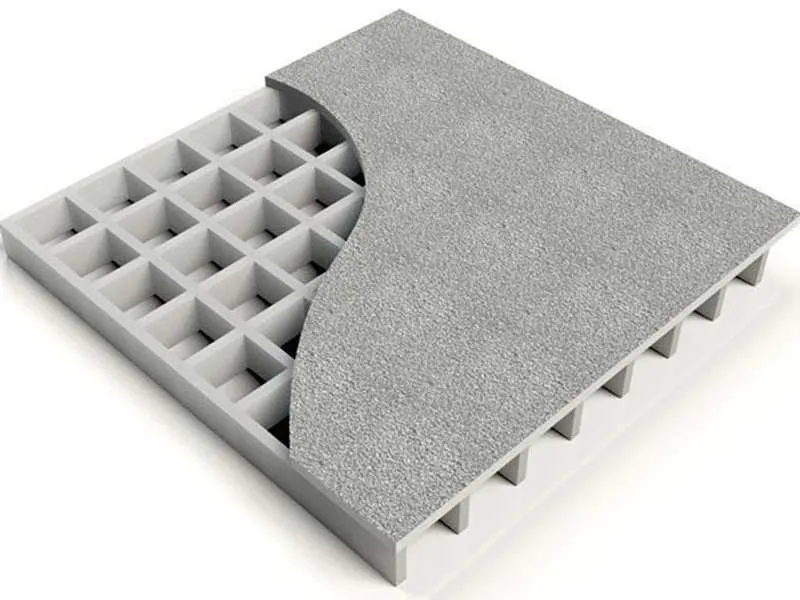Durable Composite Piping Solutions for Enhanced Structural Performance and Longevity
Fiberglass Reinforced Plastic Pipe A Modern Solution for Various Applications
In recent decades, the use of Fiberglass Reinforced Plastic (FRP) pipes has surged in popularity, owing to their remarkable properties and adaptability across multiple industries. FRP pipes, composed of a polymer matrix reinforced with fiberglass, exhibit a unique combination of strength, durability, and lightweight characteristics, making them an excellent choice for both industrial and municipal applications.
One of the primary advantages of FRP pipes is their corrosion resistance. Traditional materials, such as steel or concrete, are frequently subjected to corrosion due to environmental conditions or the chemicals they transport. In contrast, FRP pipes are engineered to withstand corrosive substances, extending their lifespan and reducing maintenance costs. This property makes them particularly valuable in industries involving chemicals, wastewater treatment, and marine applications.
Fiberglass Reinforced Plastic Pipe A Modern Solution for Various Applications
The tensile strength of FRP pipes is another noteworthy feature. By incorporating fiberglass layers, these pipes can withstand high pressure and mechanical stress, making them suitable for demanding operational environments. This strength enables their deployment in various sectors, including oil and gas, where transporting fluids under high pressure is a common necessity.
fiberglass reinforced plastic pipe

Moreover, FRP pipes exhibit excellent thermal insulation properties. Their low thermal conductivity helps maintain the temperature of the transported materials, making them ideal for applications that require temperature control. Whether used in industrial process lines or transportation of fluids in power generation facilities, the thermal insulation capabilities of FRP pipes offer an added advantage.
FRP pipes are also designed to meet a wide range of regulatory standards, ensuring their suitability for various applications. They can be customized to accommodate specific requirements, such as diameter, thickness, and chemical resistance, enhancing their versatility. This flexibility allows engineers to tailor solutions to meet the unique demands of their projects.
In recent years, the sustainability of materials has become a significant consideration for industries worldwide. FRP pipes are often praised for their eco-friendly attributes. The production process can utilize recycled materials, and the longevity of FRP piping systems contributes to reducing waste over time. Furthermore, their lightweight nature requires less energy for transportation and installation, aligning with modern sustainability practices.
However, it is essential to consider the installation process and the expertise required. While FRP pipes offer numerous advantages, proper installation and handling are critical to fully realize their benefits. Utilizing skilled professionals who understand the nuances of working with composite materials can optimize the performance and longevity of these piping systems.
In conclusion, Fiberglass Reinforced Plastic pipes represent a modern solution that effectively meets the challenges presented by various industries. Their resistance to corrosion, lightweight nature, exceptional strength, thermal insulation capabilities, and environmental friendliness position them as a superior alternative to traditional piping materials. As industries continue to seek innovative and sustainable solutions, the adoption of FRP pipes is likely to increase, paving the way for more resilient and efficient infrastructure projects in the future.
Latest news
-
Oblate Tanks: Space-Saving, Durable Liquid Storage SolutionsNewsAug.27,2025
-
High-Performance Piping System Solutions for Industry & Commercial UseNewsAug.26,2025
-
Precision Fittings: Durable & Reliable Industrial & Plumbing SolutionsNewsAug.25,2025
-
Practical Steps: Unlock Success with Our Proven GuidesNewsAug.24,2025
-
Transport Tanks: Safe, Durable & Efficient Liquid HaulingNewsAug.23,2025
-
High-Quality Piping Systems for Efficient Flow & DurabilityNewsAug.22,2025











